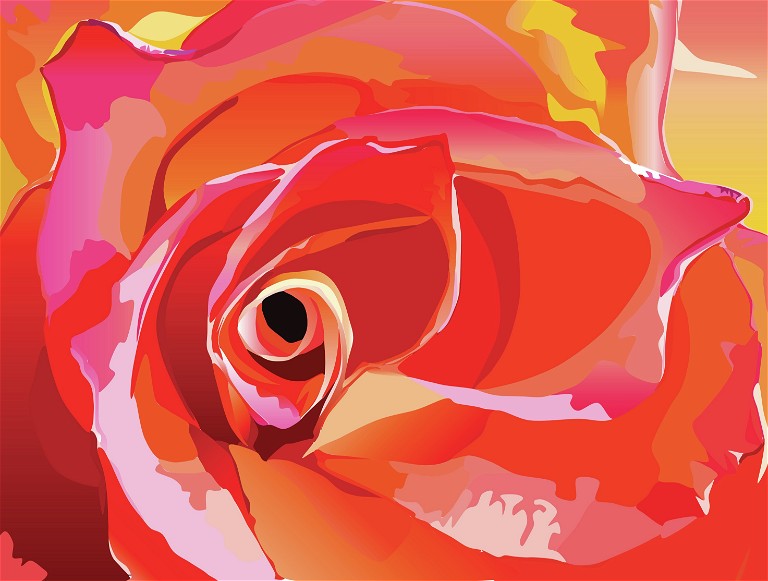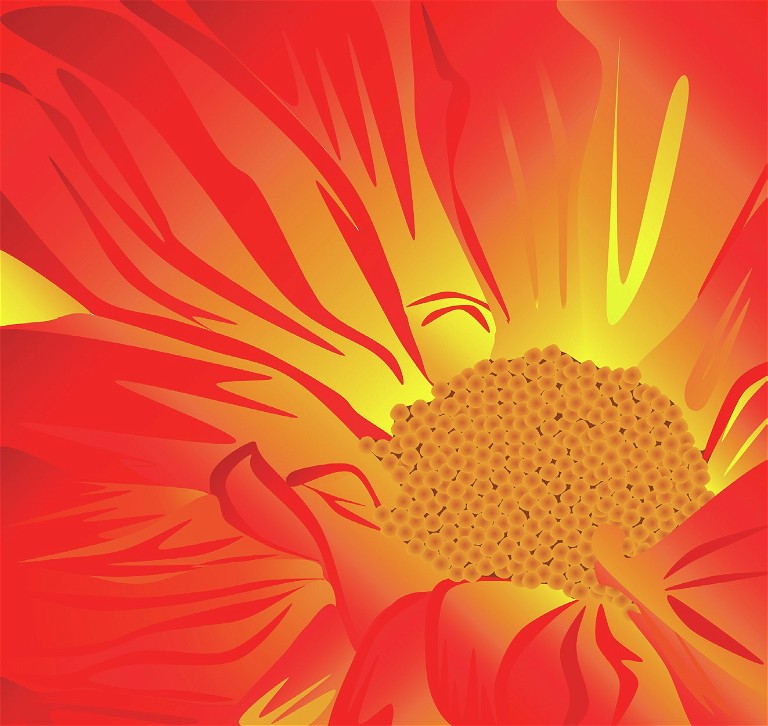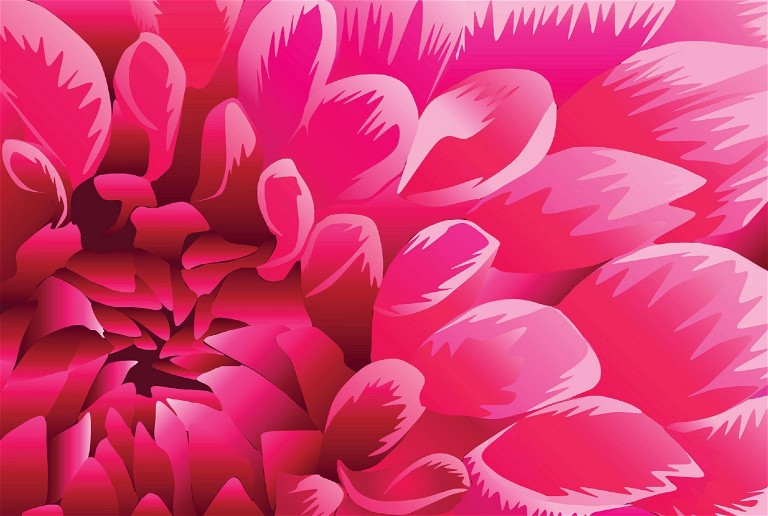MIDDLE SCHOOL

Jordana L.
Michael Sacco
During the pandemic, teachers had to find creative ways to keep their students engaged while teaching remotely. This was especially true when it came to teaching art—one of the most interactive of subjects. Introducing digital lessons to my seventh- and eighth-graders and having them create art on their Chromebooks while working at home proved to be an enormous success. When we resumed in-person learning, I continued to look for new and interesting digital lesson ideas.
On a popular and very useful art teacher social media page, I saw a project that used the Google Drawings app and mimicked vector-style drawing, which is traditionally done using more advanced software. I was confident that my eighth-graders could handle this simple drawing application because they had done well using it on a comparable but easier assignment the previous year.
The Roots of Vector Drawing
During my former career as a graphic designer, I immersed myself in the history of graphic design. I remember seeing the striking silkscreen posters produced during the Works Project Administration (WPA) as part of President Roosevelt’s New Deal during the Great Depression. These posters, although silkscreened, are forerunners of the stylized vector-based drawings of the digital era.

Shelby U.
After searching the internet for examples, I noticed a flower in one of the posters and immediately settled on close-ups of flowers as our subject matter. Using closely cropped flowers would make it easy for students to recognize and isolate the important value and color changes that make for a successful vector drawing.
After presenting students with a short history of the WPA posters and showing them an example of my own work, I tasked them with finding reference photos on which to base their drawings. I advised them to make sure the images were clear and sharp and to choose flowers that would plainly show value and color changes.

Zoe C.
The Process
After selecting an image, I gave students a drawing document—a shared file that enabled me to view their project and help them remotely if needed. I showed them how to position their image on the drawing document and scale it appropriately. Then students created a duplicate image and placed it alongside the first.
When all the elements were in place, I demonstrated the process they would use to render their flowers. I instructed students to isolate and draw the shape of a petal on top of the duplicated reference photo.
Using closely cropped flowers would make it easy for students to recognize and isolate the important value and color changes that make for a successful vector drawing.
Next, I had them analyze the color of the petal and fill the new shape using a middle value. Students would then move this shape into position on top of their original reference photo. I then asked students to isolate a lighter-value shape as well as a darker-value shape and draw them on top of the duplicate reference photo. This completed the image of the petal. They moved these shapes on top of the petal shape previously created.
Students continued using this process until all the petals were rendered. Some students achieved a better result using gradients in addition to lighter- and darker-value shapes. When all the petals were completed, the final task was to draw the center of the flower, which is usually more detailed. I had them render these in a similar but more simplified manner.

Violet V.
Showing Them Off
After a few weeks of work, I could see students’ pieces were coming along wonderfully. I encouraged them with well-earned praise, which also kept them motivated. Once the assignment was done, I printed the images as large as possible on our high-quality inkjet printer. The giant-size prints of bright, vibrant flowers drew praise and awe from students and faculty, much to the delight of the student artists who created them.
NATIONAL STANDARD
Producing: Develop and refine artistic techniques and work for presentation.
RESOURCE
Michael Sacco is an art teacher at Three Village Central School District in Long Island, New York. occasm@gmail.com